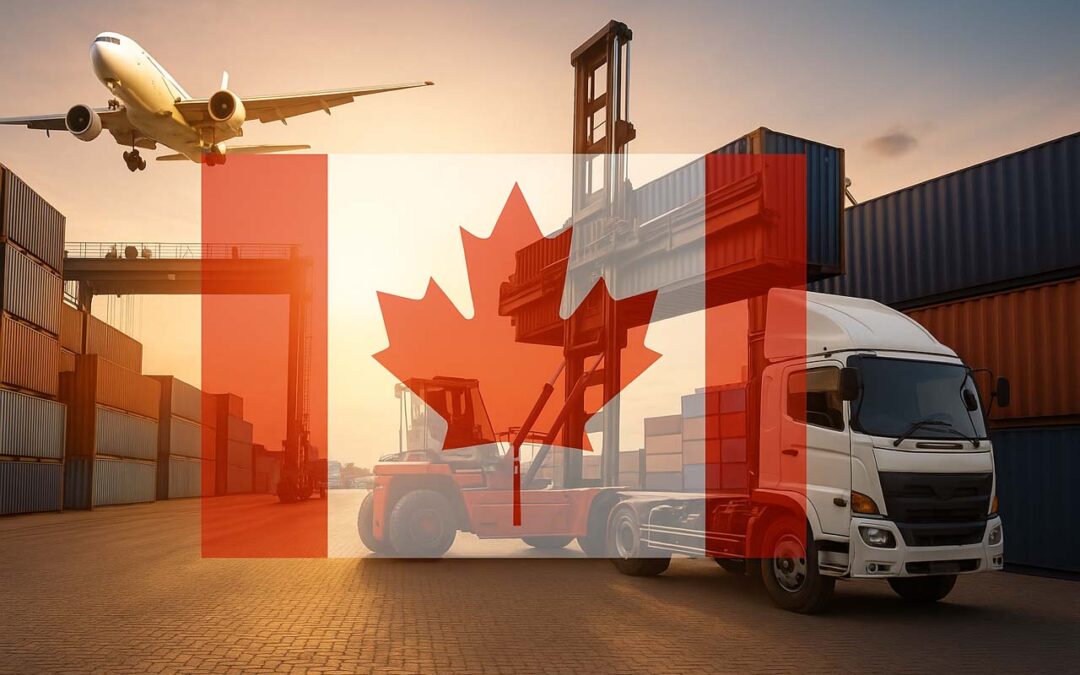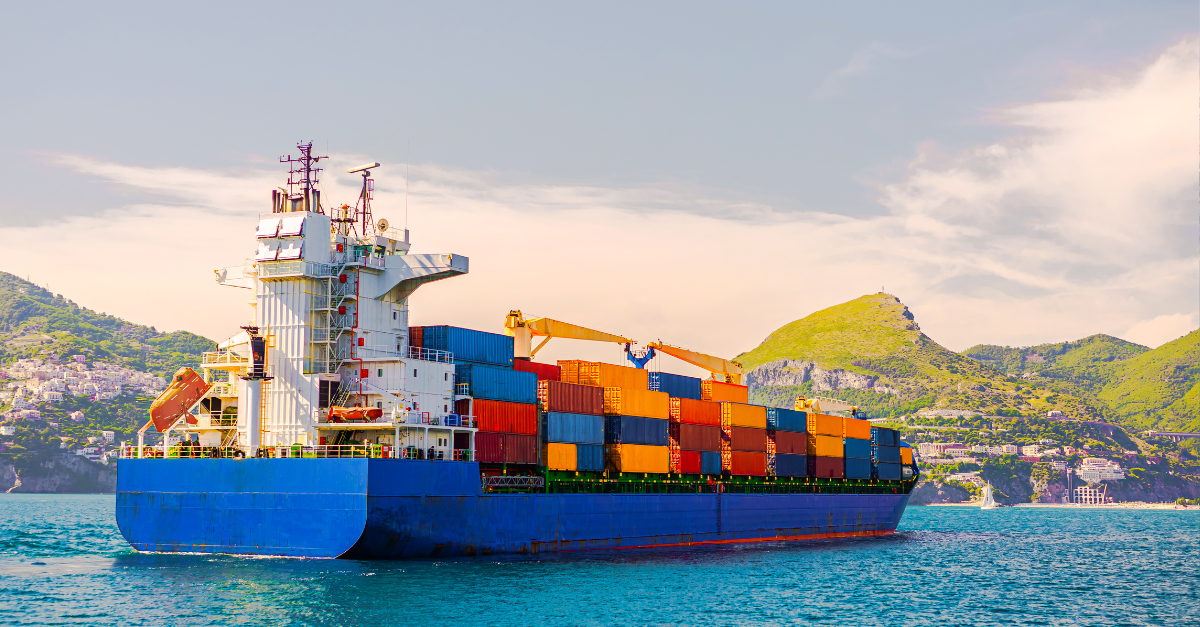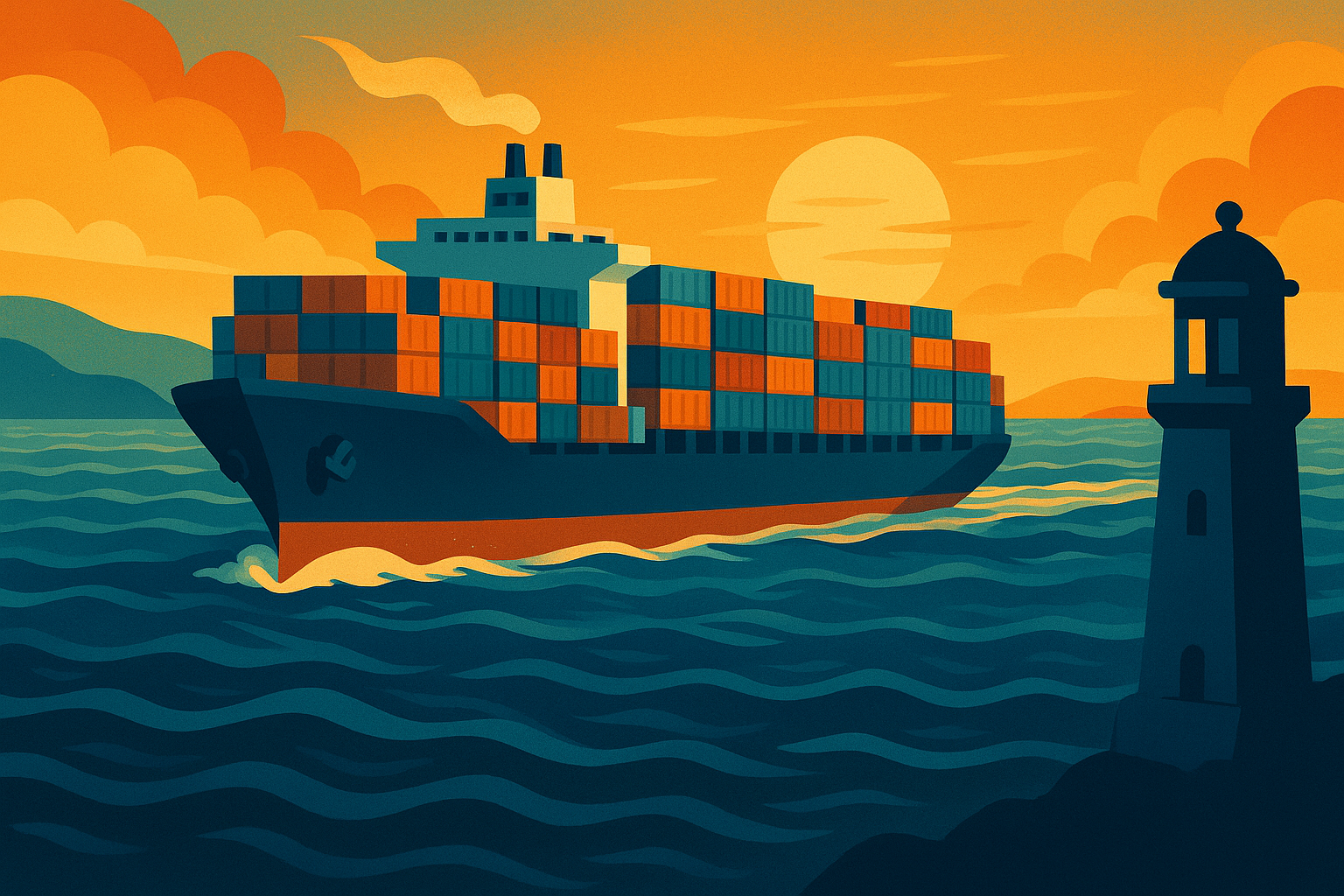White House Issues Executive Order to Implement New Reciprocal Tariff Structure
On July 31, 2025, President Trump signed a new Executive Order that significantly expands the U.S. reciprocal tariff framework. The action imposes revised or increased ad valorem duties on imports from countries without finalized trade agreements, increases duties on certain Canadian-origin goods, and introduces tougher rules to address tariff evasion through transshipment.
This Order builds on the national emergency declared under Executive Order 14257, citing the economic and national security risks posed by persistent trade imbalances and misaligned foreign tariff policies.
View the full Executive Order with annexes here:
Further Modifying the Reciprocal Tariff Rates – whitehouse.gov
Key Provisions of the Executive Order
1. Expanded Reciprocal Tariffs on Non-Agreement Countries
Beginning August 7, 2025, the U.S. will apply new or adjusted tariff rates on imports from countries that:
-
Have not finalized a trade agreement with the United States
-
Are not aligned on key economic or national security issues
-
Have failed to engage meaningfully in trade negotiations
The new tariff levels will generally match the ad valorem rates those countries impose on U.S. exports, with product-specific and country-specific detail outlined in Annex I.
2. Effective Date and Transition Provision for In-Transit Goods
Section 2(a) of the Executive Order provides detailed guidance on when the new tariff rates apply and how goods already in transit are treated:
“These modifications shall be effective with respect to goods entered for consumption, or withdrawn from warehouse for consumption, on or after 12:01 a.m. eastern daylight time 7 days after the date of this order (i.e., August 7, 2025), except that goods loaded onto a vessel at the port of loading and in transit on the final mode of transit before 12:01 a.m. eastern daylight time 7 days after the date of this order, and entered for consumption, or withdrawn from warehouse for consumption, before 12:01 a.m. eastern daylight time on October 5, 2025, shall not be subject to such additional duty and shall instead remain subject to the additional ad valorem duties previously imposed in Executive Order 14257, as amended.”
In summary:
-
Goods entered on or after August 7, 2025 will be subject to the new tariffs.
-
Goods that are already loaded and in transit before August 7 and are entered before October 5, 2025, may still be processed under the previous duty rates established in EO 14257.
This two-month transition period ensures that shipments already underway are not penalized retroactively.
3. Canada Tariff Increase: From 25% to 35% on Non-USMCA Goods
As of August 1, 2025, Canadian-origin goods that do not qualify for USMCA preferential treatment will be subject to a 35% tariff (up from 25%). The White House cited Canada’s lack of cooperation on illicit drug control and retaliatory trade actions.
Additionally, any goods found to be transshipped through Canada to avoid tariffs will face a 40% transshipment penalty.
4. European Union Tariff Rules
The EO provides tailored guidance for goods from the European Union:
-
If the current Column 1 duty rate under the Harmonized Tariff Schedule (HTSUS) is less than 15%, the additional duty will increase the total rate to 15%.
-
If the duty rate is 15% or higher, no additional tariff is imposed under this order.
5. 10% Default Tariff for All Other Countries
Countries not specifically listed in the Executive Order or its annexes will remain subject to a 10% ad valorem tariff as established in EO 14257.
6. Harmonized Tariff Schedule Updates (HTSUS)
The U.S. tariff schedule will be revised to reflect trading partner-specific headings for each new tariff rate. As outlined in Annex II, older reciprocal duty codes (HTS headings 9903.01.43 through 9903.01.76) will be terminated and replaced to support implementation.
Enforcement of Transshipment Penalties
The Executive Order authorizes U.S. Customs and Border Protection to:
-
Impose a 40% duty on goods determined to be transshipped to evade tariffs
-
Apply civil penalties under 19 U.S.C. § 1592
-
Prohibit mitigation or remission of such penalties
-
Publish a biannual list of transshipment countries and facilities to support due diligence and enforcement
What Importers Should Do Now
Importers should:
-
Evaluate exposure to newly modified country-specific tariffs
-
Review country-of-origin and HTS classifications for affected products
-
Ensure Canadian-origin goods meet USMCA qualifications
-
Examine routing and documentation for transshipment risk
-
Monitor upcoming changes to the HTSUS and prepare systems accordingly
How J.M. Rodgers Can Help
J.M. Rodgers helps importers stay compliant and cost-effective amid policy changes. Our team is ready to:
-
Analyze your tariff exposure
-
Provide guidance on qualifying entries under USMCA
-
File and manage duty drawback claims for affected imports
-
Review data for transshipment vulnerabilities and support audit readiness
Connect with us today to discuss compliance and recovery strategy.






